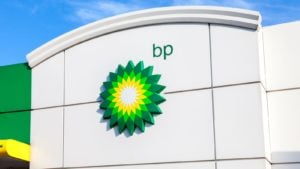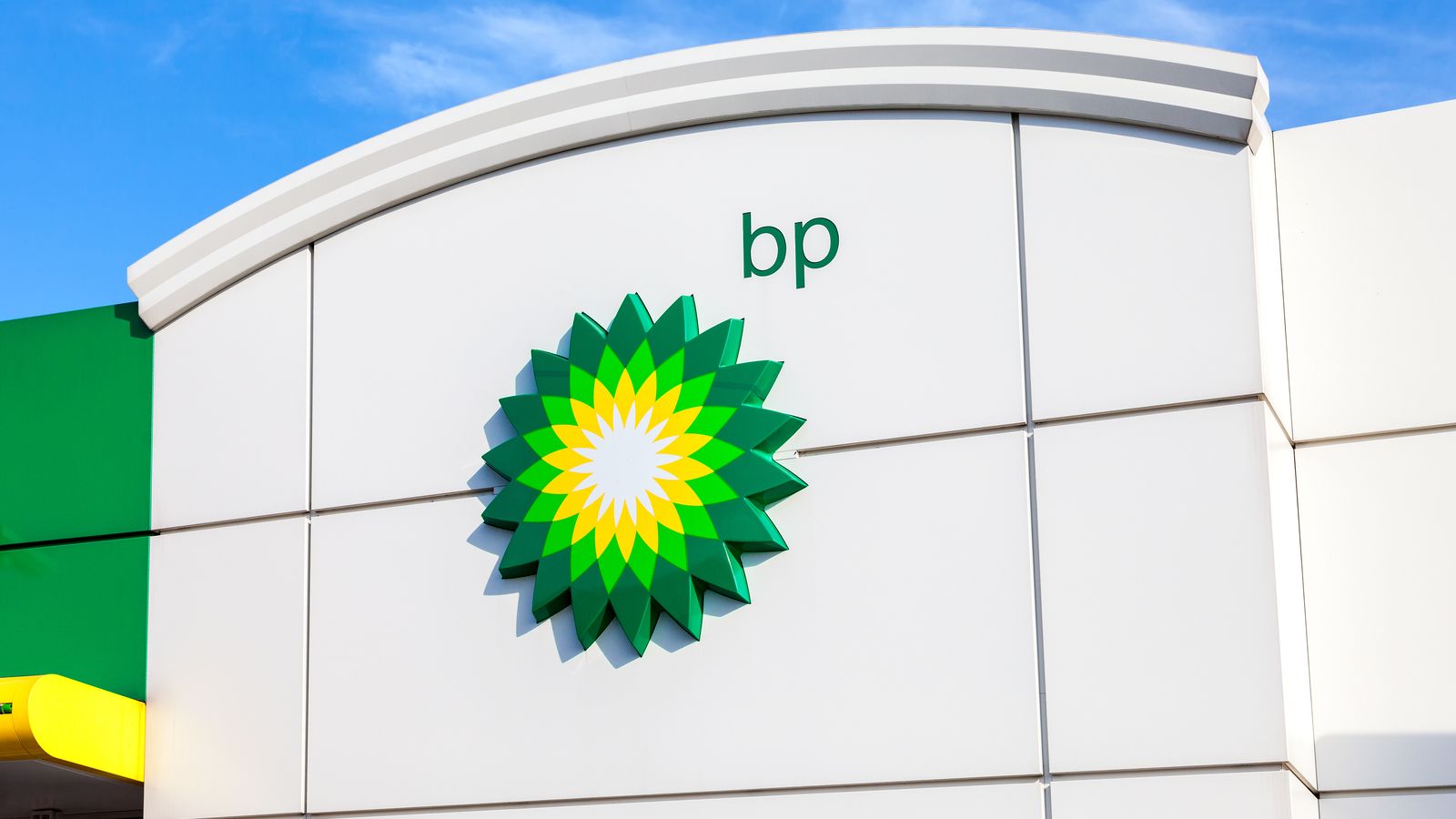On its face, BP (NYSE:BP) stock looks like a wonderful pick for income investors. BP’s dividend now yields over 10%. That seems to be hugely attractive for a large, diversified oil company.

Indeed, that yield is the highest among the largest oil producers, even for investors willing to look overseas for oil stocks. The dividends of Italy’s Eni S.p.A. (NYSE:E) and France’s Total S.A. (NYSE:TOT) are close to that of BP, but neither European company’s yield is over 10%.
The market, however, is aware of BP’s dividend and is pricing BP stock accordingly. This isn’t a case where investors have a wonderful opportunity to get double-digit annual returns, excluding share-price appreciation.
Rather, the BP stock price implies a very real expectation of a dividend cut. News last week suggests that such a cut is likely to occur — and could arrive in a hurry.
A Massive Writedown
In a press release last week, BP detailed its rather muted outlook for global oil prices. The impact of the coronavirus pandemic on the industry is well-known: oil futures even briefly went negative in April.
But BP expects the pandemic to have a long-term impact as well. As the company wrote:
bp’s management also has a growing expectation that the aftermath of the pandemic will accelerate the pace of transition to a lower carbon economy and energy system, as countries seek to ‘build back better’ so that their economies will be more resilient in the future.
And so BP lowered its long-term outlook for oil and gas prices. For Brent crude, the company now expects prices of $55 per barrel, versus its previous forecast of $70. And BP now predicts that Henry Hub natural gas prices will stay below $3 per mm Btu (million British Thermal Units).
That more negative view of the future will lead to significant charges in the present. BP anticipates that its second-quarter results will include impairment charges totaling $13 billion to $17.5 billion.
That’s obviously a huge sum. And it suggests that there will be significant near-term pressures on BP’s dividend.
A Dividend at Risk
The writedown will significantly reduce BP’s equity. That, in turn, will increase its “gearing,” or its ratio of equity to debt.
As one analyst told Bloomberg, BP’s gearing could near 50% after the writedown. That may become the highest such figure among the large oil firms.
More importantly from a near-term perspective, the figure is well above BP’s long-term target of just 20% to 30%. And so it seems likely that debt reduction will become a priority for the company.
The problem is that, in this environment, it’s exceedingly difficult for BP to cut debt. Its 2020 cash flows are taking a hit from depressed oil prices. Asset sales will be difficult for the company at a time when nearly every other oil producer is looking to protect its own balance sheet. And the writeoff itself suggests that BP has significant acreage where drilling won’t make economic sense in this “new normal.”
That leaves a dividend cut and cutting explorations budgets as the only near-term debt- reduction strategies. BP’s dividend distributions cost over $8 billion annually. That means the company can at least start to tackle its debt load, which was $51.4 billion net of cash at the end of Q1, by cutting its dividend.
The reason BP stock has a dividend yield of over 10% is not because the market isn’t paying attention. It’s because investors believe, for good reason, that a dividend cut is on the way.
The Case for BP Stock
All that said, I’m not completely bearish on BP stock. I’ve recommended the name in the past. And it’s possible that the selloff went too far.
One blunt way to make that argument is to compare the writedown to the decline of BP stock so far this year. The $17.5 billion figure at the high end of the projected writedown range sounds enormous. But BP stock has lost about $45 billion of market value so far this year.
For several reasons, it’s too simplistic to argue that the size of the writedown should match the decline of the company’s market capitalization. But an investor can argue that lower oil prices are priced into the shares, at least to some extent. Meanwhile, oil bulls might see BP’s higher debt load as a relatively positive: it could cause the shares to climb further if BP’s updated projections prove too conservative.
Meanwhile, Exxon Mobil (NYSE:XOM) still seems to have significant strategic questions and a lengthening history of substandard returns. Chevron (NYSE:CVX) is a solid operator, but its stock probably is the most expensive among the large oil producers across a variety of metrics.
So there’s a case for BP stock as a nice combination of execution (which had been solid since the Deepwater Horizon tragedy) and value at these levels.
But that case can’t include the dividend. Not at this point. BP’s dividend is at significant risk, and investors should prepare accordingly.
Vince Martin has covered the financial industry for close to a decade for InvestorPlace.com and other outlets. He has no positions in any securities mentioned.
